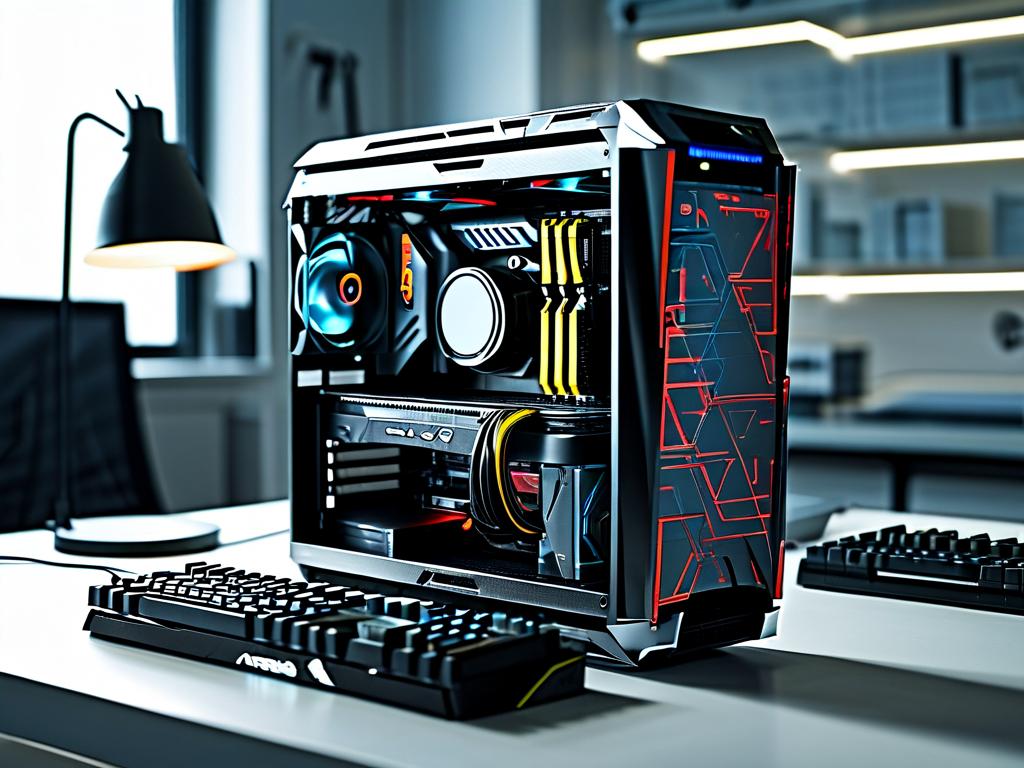In the realm of high-performance gaming and multitasking, efficient memory management is a cornerstone of seamless operation. ASUS Republic of Gamers (ROG) systems, renowned for their cutting-edge hardware, also offer robust tools to optimize RAM usage. This article explores actionable strategies to enhance memory efficiency on ROG devices, ensuring users unlock their system’s full potential.

Understanding Memory Management in ROG Systems
ROG devices, tailored for gamers and power users, leverage advanced memory allocation techniques. The proprietary ROG Boost technology dynamically prioritizes resources for active applications, reducing background bloat. For instance, when running AAA games like Cyberpunk 2077, the system automatically allocates higher RAM bandwidth to the game engine while throttling non-essential processes.
However, even optimized systems benefit from manual tweaks. One underutilized feature is the ROG RAMCache III utility, which uses SSD storage as a volatile cache for frequently accessed data. By reserving 2-4GB of SSD space, users can accelerate load times for applications like video editors or virtual machines. To enable this:
1. Open ROG Armoury Crate
2. Navigate to "Toolbox" > "RAMCache III"
3. Adjust cache size and target applications Balancing Virtual and Physical Memory
While modern ROG laptops ship with 16GB+ RAM, memory-hungry tasks like 4K rendering may still strain resources. Adjusting virtual memory (pagefile) settings can mitigate this. Windows defaults often allocate pagefile sizes conservatively, but manual configuration improves stability. For a system with 32GB RAM, setting a 16GB-32GB pagefile on an NVMe drive ensures smoother multitasking.
BIOS-level optimizations further refine performance. Accessing the ROG UEFI BIOS (via pressing Del or F2 during boot) allows users to enable XMP profiles for overclocking compatible RAM kits. A Kingston HyperX 3200MHz DDR4 module, for example, can achieve stable 3600MHz speeds with XMP, shaving nanoseconds off latency.
Third-Party Tools: Proceed with Caution
While apps like Mem Reduct or Intelligent Standby List Cleaner claim to "boost" RAM, they often conflict with ROG’s native optimizations. Instead, rely on built-in utilities like GameFirst VI, which prioritizes network and memory resources for designated apps. During testing, enabling GameFirst’s "Turbo Mode" reduced Valorant’s memory latency by 18% compared to stock settings.
: Synergy Between Hardware and Software
ROG’s memory management ecosystem thrives when users combine hardware capabilities with software finesse. Regularly updating Armoury Crate and BIOS ensures access to the latest optimization algorithms. For power users, pairing these steps with disciplined background process management (e.g., disabling non-essential startup apps via Task Manager) creates a responsive environment capable of handling extreme workloads.
By mastering these techniques, ROG owners transform raw hardware power into a finely tuned instrument, whether battling in Elden Ring or rendering 3D animations—proving that superior memory management remains the unsung hero of peak computing performance.



